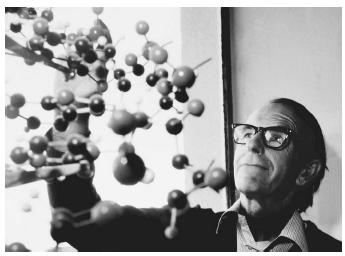
Image from Discover Magazine
In the latest edition of Science magazine, two papers describe how bacteria in the stomach and intestines can help improve chemotherapy outcomes – at least in mice.
In the first study, Iida et al. dosed a group of mice with antibiotics for a prolonged period before exposing them to cancer therapies. The antibiotic treatment eliminated their populations of gut microbes. Tumors in these mice did not shrink in response to the therapy as they did in the control group, which received no antibiotics. Similarly, mice brought up in a sterile environment also had showed no chemotherapeutic response. Mice brought up in sterile environments never develop diverse microbial populations since they don’t get exposed to them. Mice lacking the bacterial populations don’t show the production of a protein called tumor necrosis factor that generates the tumor killing response in the organism.
The researchers also found that when the chemotherapeutic drug oxaliplatin was administered to mice who were germ-free or given antibiotics, the cancer killing response was much weaker and ineffective when compared to the control.
The second group of researchers performed similar studies with a chemotherapy drug called cyclophosphamide, or CTX. CTX is used to treat breast cancers and some brain cancers and works by increasing the number of Th17/Th1 immune cells. As in the previously mentioned study, mice that were dosed with antibiotics or that were raised in sterile environments exhibited a weaker anti-tumor response to the CTX.
Results from both of these studies indicate that microbes influence anti-tumor responses. So what does that mean for cancer patients? Dr. Zitvogel, who led one of the research teams, is taking considering the implications saying “We are going to be very careful about prescribing antibiotics during chemotherapy.” Dr. Trinchieri, who led another team, says that we should be cautious about extrapolating any results from mice to humans. He also suggests studies in healthy humans examining the effect of gut bacteria on immune cell production. His sentiment would likely be seconded by most scientists. As a matter of fact, Science magazine has another article in the same issue titled “When Mice Mislead”.

